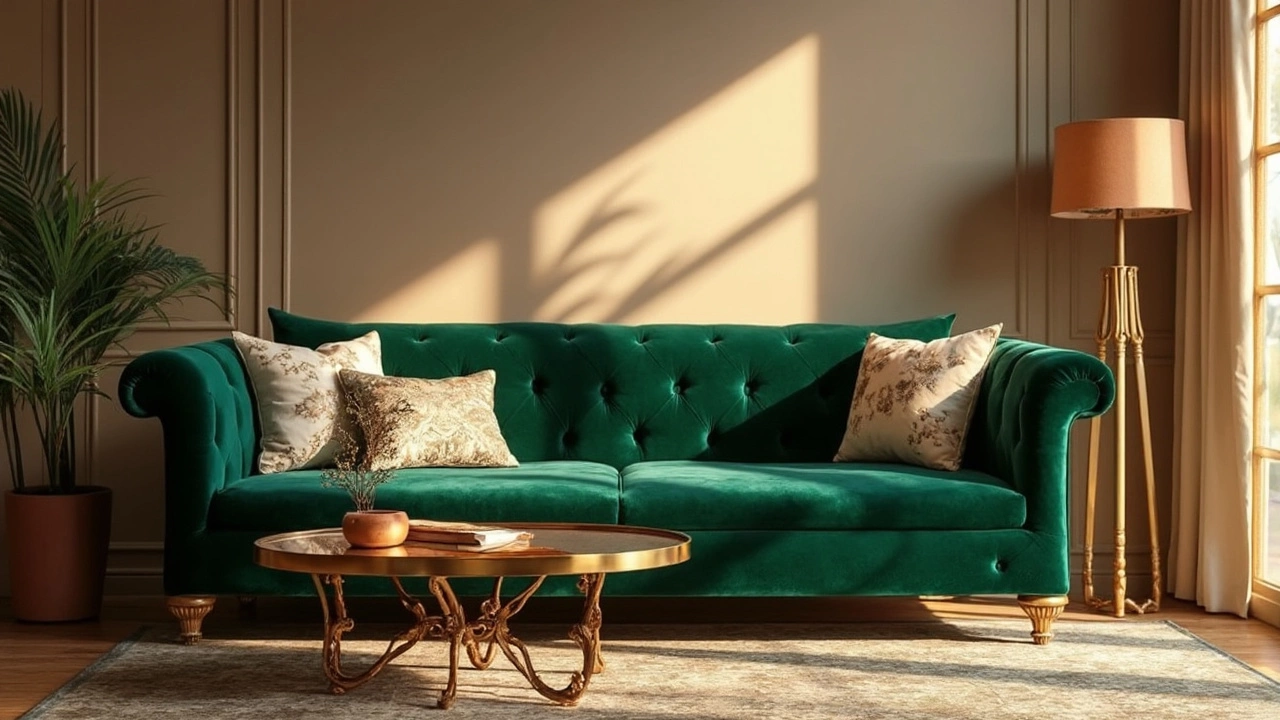Expensive Furniture: What Makes It Cost So Much and How to Buy Smart
Ever walked into a showroom and wondered why a couch costs as much as a car? You’re not alone. Expensive furniture isn’t just about a big price tag – it’s about material choices, craftsmanship, brand reputation, and design innovation. In this guide we’ll break down the real reasons behind high prices and give you practical tips so you can decide if a pricey piece is a smart investment.
Why Some Furniture Is So Expensive
First up, the materials. Solid hardwoods like walnut, mahogany, or reclaimed oak are far costlier than particle board. They’re heavier, last longer, and develop a richer patina over time. Then there’s the upholstery. Hand‑stitched leather, high‑density foam, and custom fabric blends add a lot to the cost because each stitch is done by a skilled worker rather than a machine.
Next, look at the brand. Names like Ethan Allen, Roche Bobois, or bespoke studios have built a reputation for quality and design leadership. That reputation lets them charge more – you’re paying for the brand’s history and the assurance that the piece won’t fall apart after a couple of years.
Design is another factor. Limited‑edition collections, collaborations with famous designers, or pieces that require complex engineering (think a sofa with hidden storage and an adjustable back) all push the price up. When a design solves a problem in a clever way, you’re essentially paying for innovation.
How to Decide If a High‑End Piece Is Worth It
Ask yourself three quick questions: durability, style longevity, and resale value. If the frame is hardwood with dovetail joints, the sofa is likely to survive for decades. Check if the style matches a timeless aesthetic – a classic Chesterfield or a clean‑line Scandinavian piece usually stays in vogue longer than a trendy, bold‑color sectional.
Resale value matters if you think you might move. Brands with strong followings tend to retain value, especially if the item is kept in good condition. A well‑maintained, high‑end wardrobe can fetch a decent price on the second‑hand market.
Don’t forget the hidden costs. Expensive furniture often needs special care – leather conditioners, fabric protectors, or regular professional cleaning. Factor those ongoing expenses into your budget before you sign the contract.
If the price still feels steep, consider a few money‑saving tricks. Look for sample sales, outlet stores, or last‑season collections where the design is still fresh but the discount is real. Custom shops sometimes offer a “design‑your‑own” option that lets you pick cheaper fabrics while keeping the high‑quality frame.
Finally, compare. Use the tag page’s list of posts to read deeper about specific pieces – like whether a sofa bed can be comfortable, or if corner sofas are still worth the hype. Those articles can give you real‑world insights that help you judge a price tag.
In short, expensive furniture isn’t a mystery. It’s a mix of premium materials, skilled labor, brand power, and innovative design. By understanding those drivers and checking durability, style, and resale potential, you can decide whether a luxury piece is a splurge or a smart buy. Happy hunting!
What Color Furniture Looks Expensive: Expert Picks
Choosing the right color for your furniture can make a huge difference in how luxurious your space feels. Certain colors can give an impression of elegance and sophistication without breaking the bank. From timeless neutrals to rich jewel tones, the color of your furniture can elevate the aesthetic of any room. Learn which hues are seen as upscale and how they can fit into different home styles. Explore how the right color choice can make your furniture seem posher and pricier.





